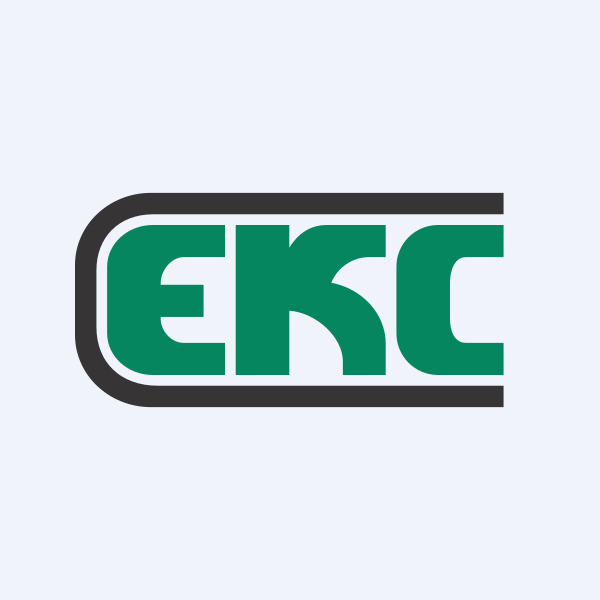Everest Kanto Cylinders (NSE:EKC)

CMP: 113.9
Today I'm writing about another one of the 3 stocks I purchased this week- another packaging company, but one that services a different sector.
About the Company.
Everest Kanto Cylinders is a clean energy solutions company that manufactures seamless steel gas cylinders that are used for high-pressure storage of gases such as oxygen, hydrogen, nitrogen, argon, helium, etc. Its products find application in a wide variety of industries such as manufacturing, medicine, fire safety, aerospace & defence and automobiles. The company exports to 25 countries globally and enjoys a leadership position in the Indian market. It has an efficient raw material supply chain and the largest production capacity in the country with over 20 million industrial gas and CNG cylinders currently in service, and an aggregate annual capacity of over 1.5 million cylinders.
As a clean energy solutions company, EKC is poised to benefit from the increasing usage of gases in industrial production and automobile sectors based on both economic and environmental considerations.
The Energy Market.
To get an idea of the company’s growth prospects, one must get a sense of how the domestic energy landscape is developing and the part natural gas plays in it.
India is the world's third-largest energy consumption country after the U.S. and China, and it’s share of global energy consumption is expected to increase to 12% by 2050 (from 6% in 2018). Per-capita energy consumption is expected to double in the same period. Of India’s energy consumption, natural gas currently contributes just 11%, but the Central Government plans to increase its share to 20% by 2030. To achieve this end, India has committed investment of $60 billion to expand gas infrastructure through LNG terminals, pipelines and city gas distribution (CGD) networks across the country.
Certain past and future developments in both the demand and supply side of natural gas will contribute greatly to the growth in its use domestically. Let’s break this down.
CNG demand grew at.a 10% CAGR between 2015 and 2020 and is expected to grow at a higher rate of 14-16% CAGR between 2020 and 2030. So demand for natural gas has been on the rise and is likely to continue growing into the future. Demand growth comes mainly from the power, fertiliser (Together 55%), metals, steel, automobile, refineries, chemicals, healthcare and aerospace & defence industries. Defence in particular might see the most immediate growth in demand amidst the current geopolitical climate that will drive higher spending. Auto OEMs (original equipment manufacturers) are expanding their CNG portfolio to tap the demand from end consumers. This demand comes due to the fact that CNG vehicles are more cost-effective than those run on more traditional fuels like petrol and diesel and with prices on more traditional fuels rising, demand for CNG vehicles is likely to increase further. Between 2015 and 2020, number of CNG vehicles on road increased from ~2.5 million to ~3.5 million units.
A big drag on CNG use despite growing demand in the past was the limited City Gas Distribution (CGD) network connectivity (read: supply). That’s begun to change. Remember the $60 billion committed investment? It is proposed to increase number of CGD station from less than 2,000 in 2020 to over 8,500 by 2025 and over 11,000 by 2030 (that’s a projected 5x increase in 10 years). The result is that the CGD network will potentially, by 2030, cover 98% of the population and 88% of the geographical area in the country.
As a market leader and largest producer of gas cylinders in the country, and a significant player in several international geographies, EKC is in prime position to benefit from the growth in CNG demand both domestically and globally.




